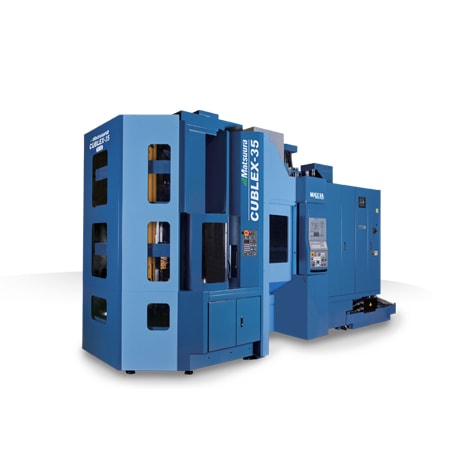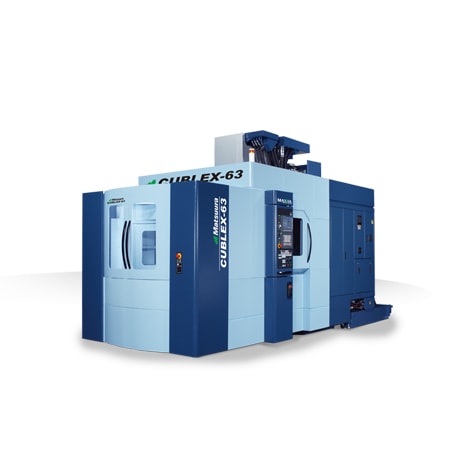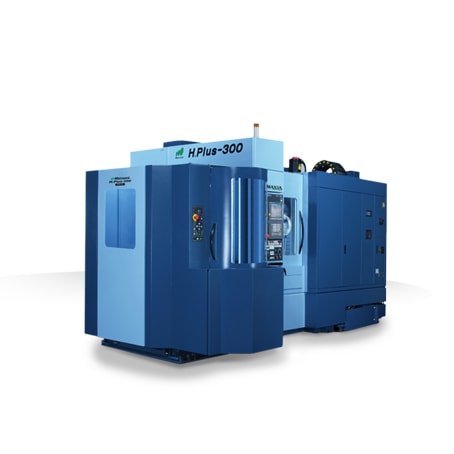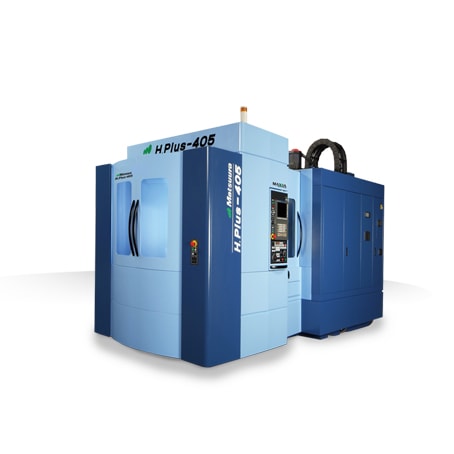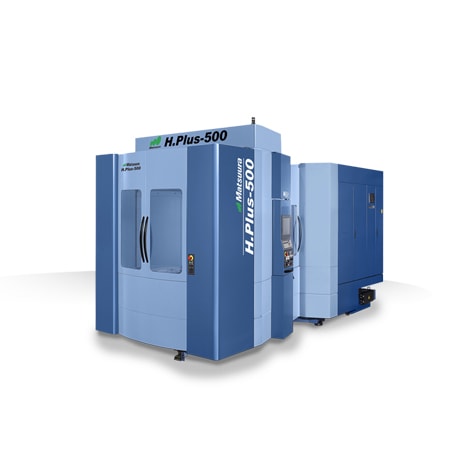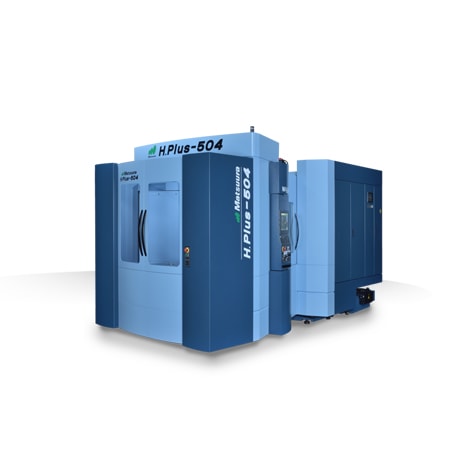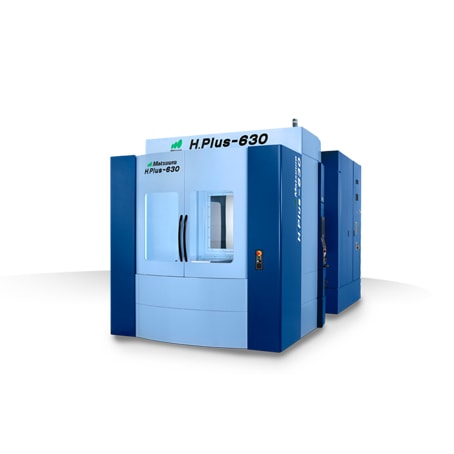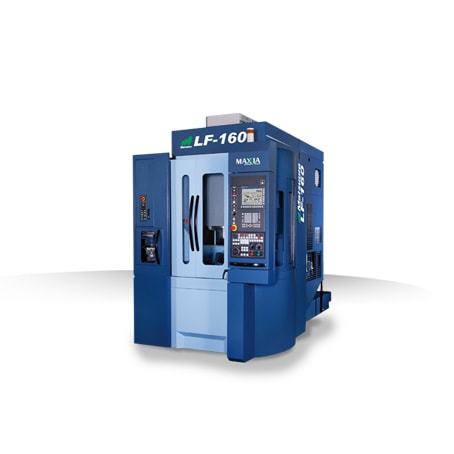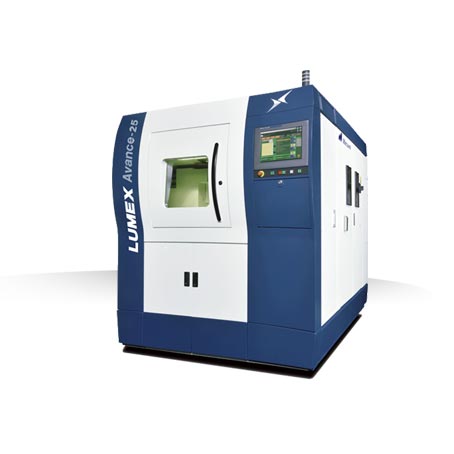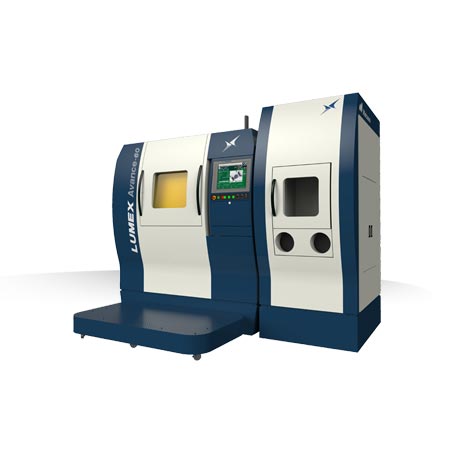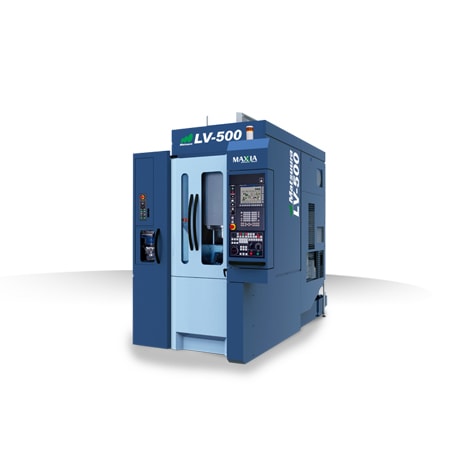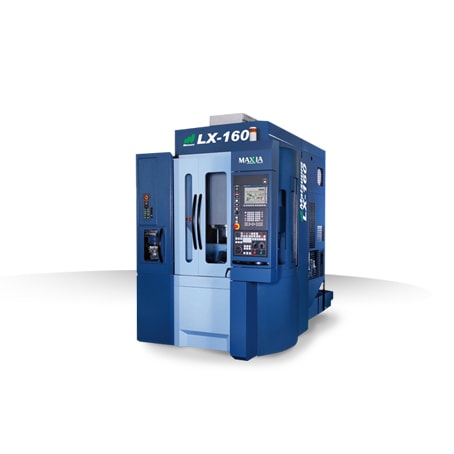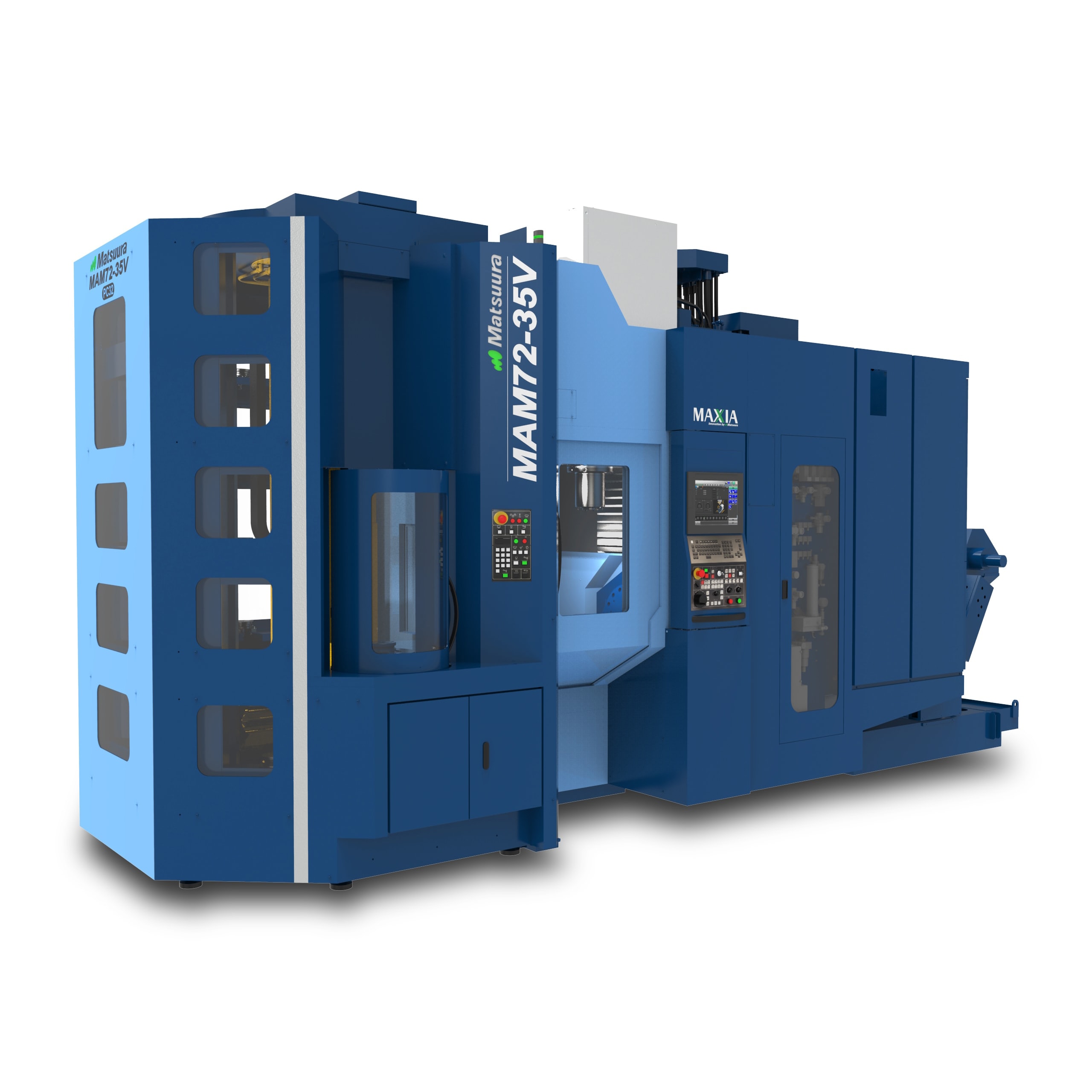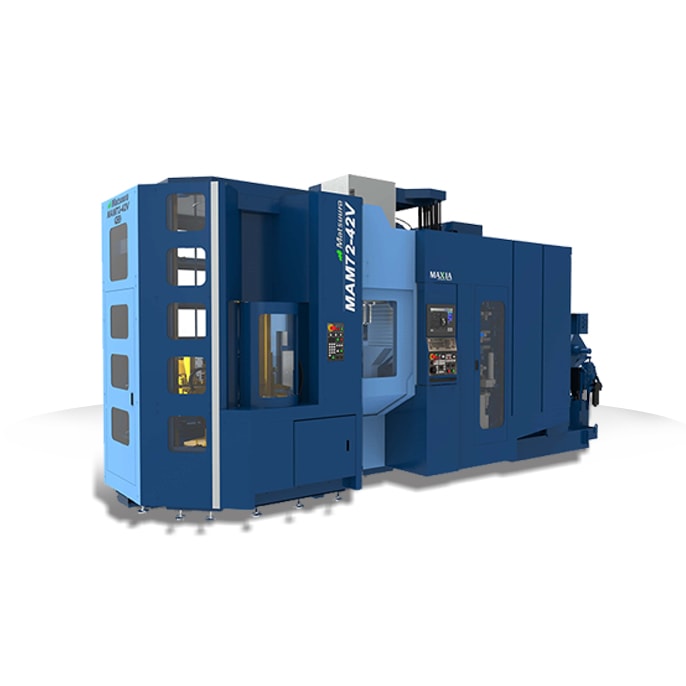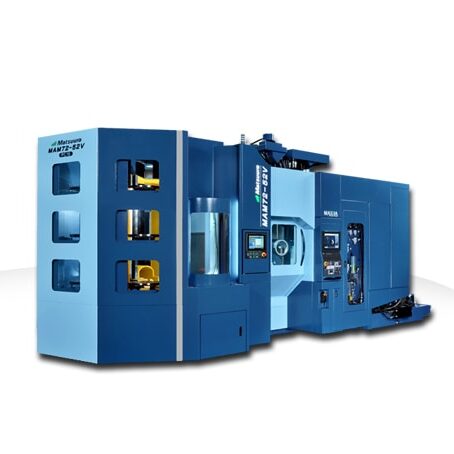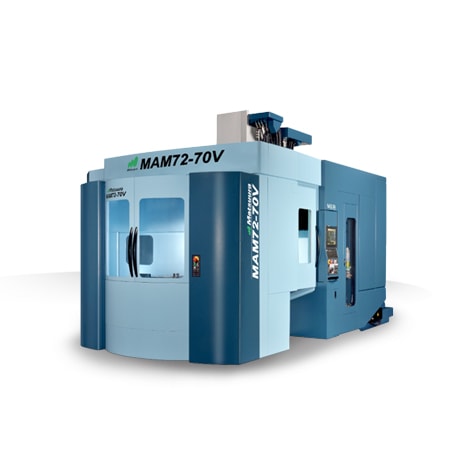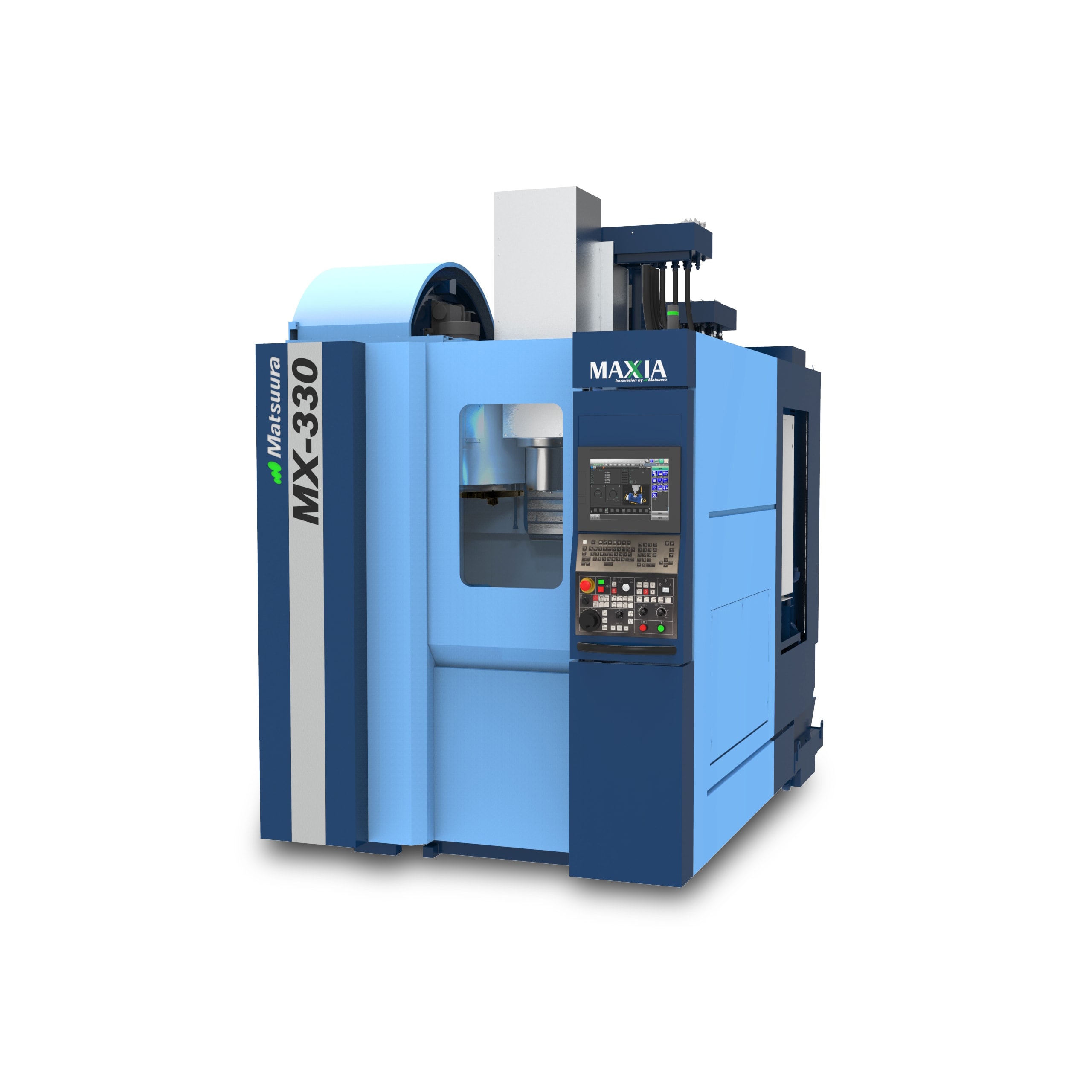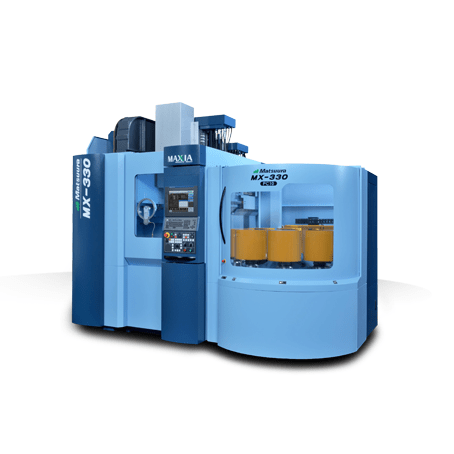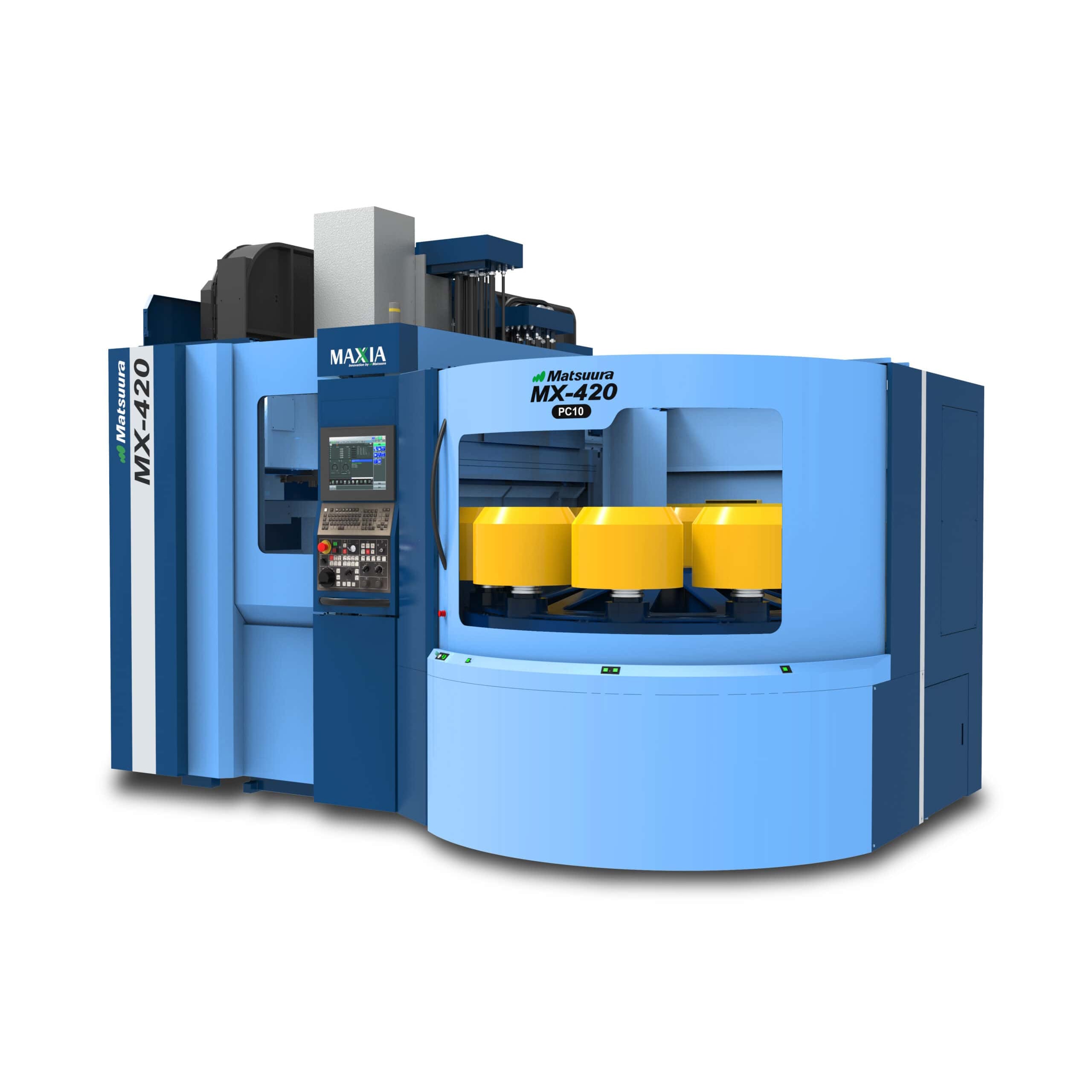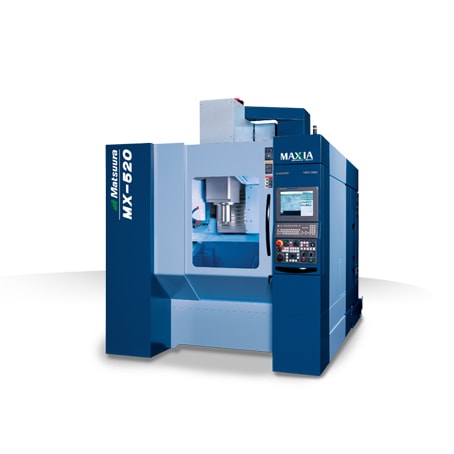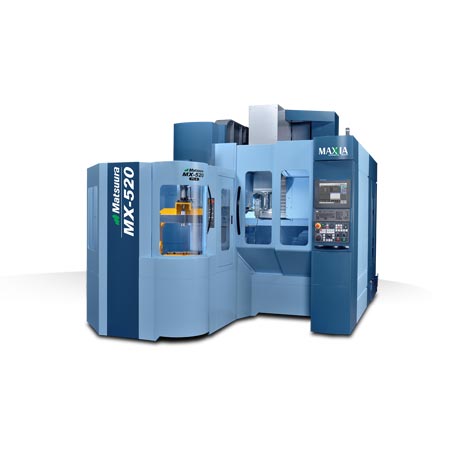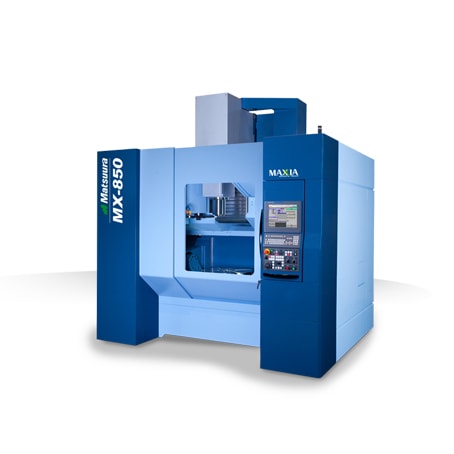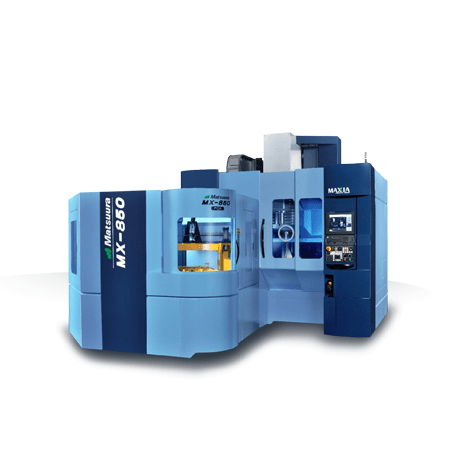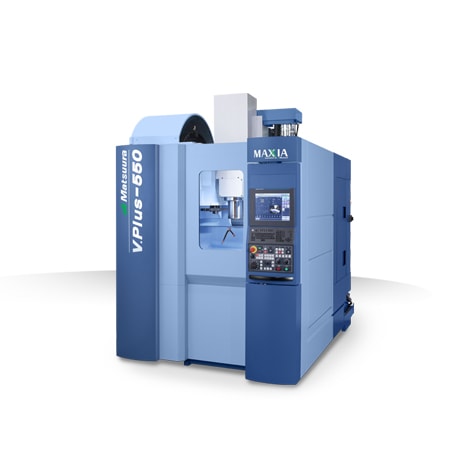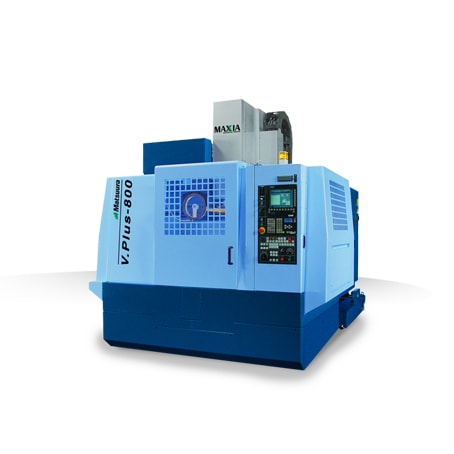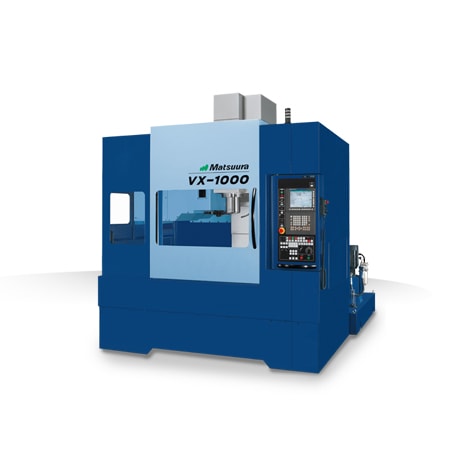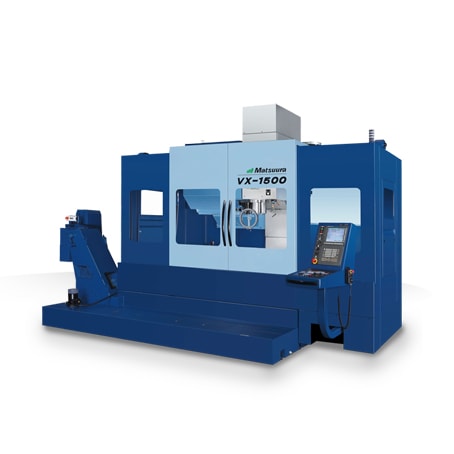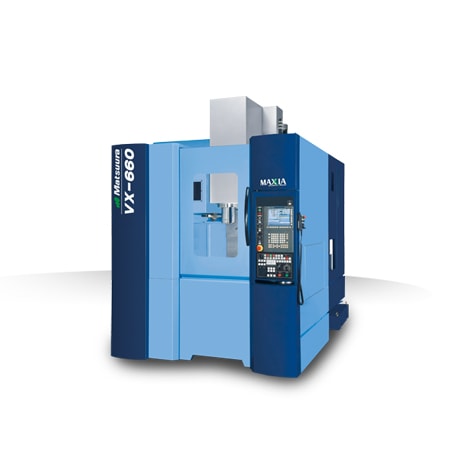St. Paul, MN (February 19, 2020) — In the last several decades, there have been major disruptions to the manufacturing environment including: offshoring of manufacturing operations; trends toward personalized products, resulting in smaller lot sizes; and the “Amazon Effect” of rapid turnaround in orders and delivery times of two days or less continues to challenge the longer lead times typical in manufacturing.
Today, there are opportunities in digital solutions to upgrade manufacturing operations and create more flexibility and to take advantage of interoperability of equipment, software and solutions.
Looking ahead, the next few decades will appear much the same as it does today. Large-volume, low-mix operations will continue to harvest the advantages of economies of scale production.
The future of manufacturing continues to be in small lot sizes and complex components, requiring close tolerances and excellent surface finishes. Combining operations using 5-axis machining centers and running unmanned using pallet systems is the most efficient way to manage small lots. This approach is equally effective in all applications or any complex parts requiring close tolerances.
“People usually think of automation in high volume production environments, typically with 6-axis robots,” says Craig St. John, President of Matsuura Machinery USA.
“Automating the small lot size production is different and more challenging. With small lot production, elimination of set-up time is the primary goal. Shaving a few seconds or even, minutes of cycle time per part when making 20 or 30 parts is insignificant. The savings and the profit improvement arise from reducing set-up time from hours to zero and by running parts unattended overnight and on weekends.”
According to Intel’s Irene Petrick, the competitive dynamics of manufacturing will change for a large portion of the traditional manufacturing world. Proactive strategy will become the norm as machines become smart and interconnected systems cooperate. Digital dexterity in workers and leaders will be required. New business models will compete with traditional contracting mechanisms to share value creation and this will change the roles and responsibilities across the supply chain. Finally, data will be king. Simulations will drive decision-making, and everything from design to production and reverse logistics will be honed to maximize efficiency.
Petrick suggests these are drivers to the future of manufacturing:
1. Quality will still be Job 1, but how we achieve it will change. With sensors everywhere, critical operational variables will be exposed. Predictive maintenance will be the norm and unplanned downtime will be drastically reduced.
2. Economies of scale will coexist with economies of one production. 3D printing/additive manufacturing technologies will have matured and will be cost competitive. These technologies will be integrated and linked seamlessly with more traditional processes. 3D printing will accommodate the smaller batch sizes driven by personalization but will require different ways of certifying quality.
3. Production will become more localized. With 3D printing technologies, the critical inputs will be the raw materials. Production will be more closely tied to either the location of these raw materials or the location of the customer. We are already seeing the large shipping companies investing in 3D printing technologies in anticipation of this.
4. People will still be involved in manufacturing, but their roles will be different. Automation will continue to replace repetitive tasks, and the costs of robots and their control systems will decline to a point where even smaller manufacturers can take advantage of them.
Manufacturing work will become more strategic, more proactive, and more transparent.
5. The engineers of the future will be trained for both subtractive and additive processes and will have a deep knowledge of biologically derived structures and digital tools.
6. AI will be associated with augmented intelligence. Humans and digital tools will not only coexist; they will be tightly integrated.
7. The ecosystem of today, driven by transactions, will be based more on relationships. Strategic partners will collaborate to create end-to-end solutions that manufacturers can deploy with limited tweaking.
Since 1935, Matsuura has been the forerunner in designing innovative technology and manufacturing solutions to a variety of industries around the globe. Matsuura delivers unmatched excellence in 5-axis, vertical, horizontal, linear motor, multi-tasking CNC machine tools and machines with a powder bed metal AM platform with machining capability.
For Industry Week’s 50th anniversary, Irene Petrick, senior director of the Industrial Innovation/IIoT Group, Intel, provided predictions for the next 50 years.
Matsuura Machinery USA, Inc., located in St. Paul, MN is the U.S. subsidiary of Matsuura Machinery Corporation in Japan. Since 1935, Matsuura has been the forerunner in designing innovative technology and manufacturing solutions to a variety of industries around the globe. Matsuura Machinery USA, Inc. delivers unmatched excellence in 5-axis, vertical, horizontal, linear motor, multi-tasking CNC machine tools and machines with a powder bed metal AM platform with machining capability. Matsuura Machinery USA, Inc. provides the service, applications and technical field support that have always been the Matsuura standard for business.
For more information about Matsuura, please contact: Marketing@MatsuuraUSA.com.
